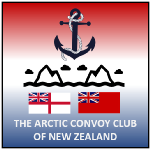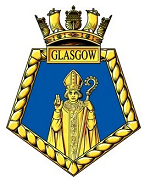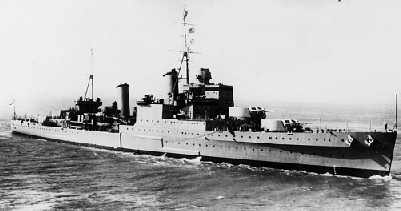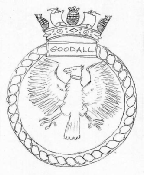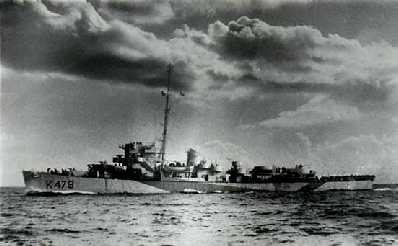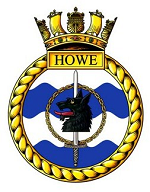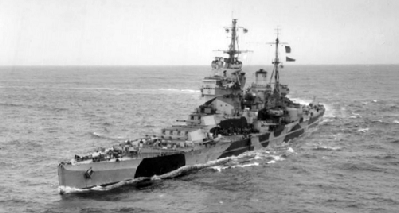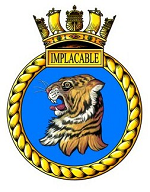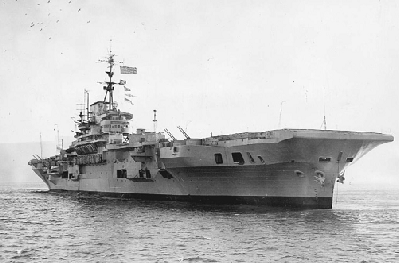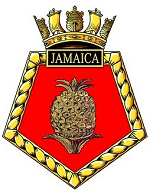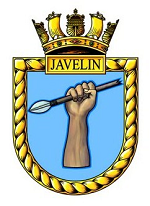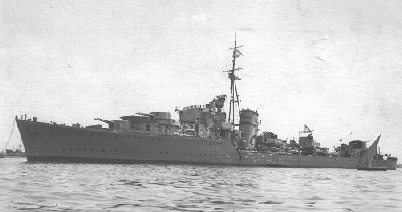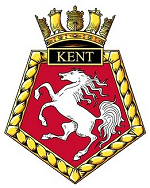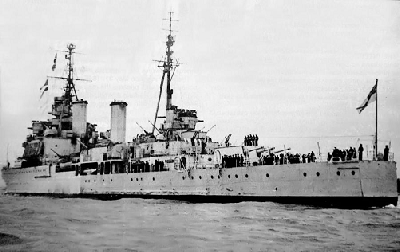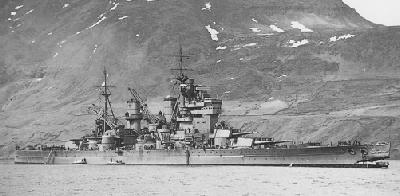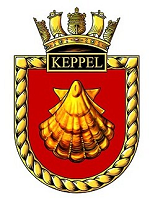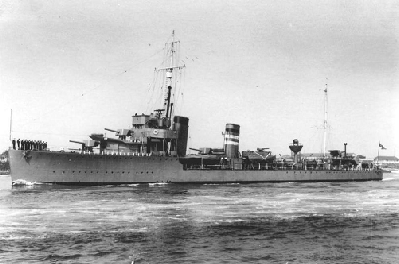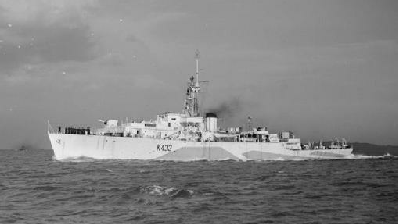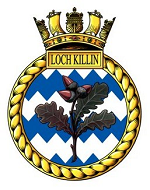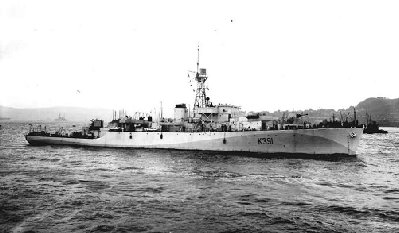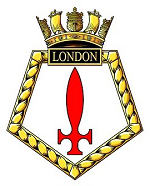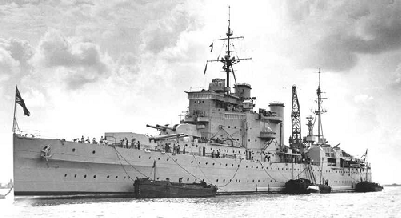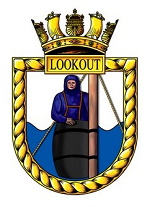ACCNZ Members that served on this ship:
Bill Chipp, Lower Hutt (deceased) and William Abbey (deceased)
HMS Kent (54) was a Kent class cruiser of the Royal Navy. She was built by Chatham Dockyard (Chatham, UK), laid down on 15 November 1924. She was launched on 16 March 1926, and commissioned 25 June 1928. In 1928, she was commissioned as flagship of the 5th Cruiser Squadron on the China Station. In 1937, she returned to Chatham and underwent a major refit, which included increasing her armour.
After the refit, in 1938, she returned to the Far East. In December 1939 she was transferred to the 4th Cruiser Squadron, to perform anti-raider patrols in the East Indies and then reassigned to troop convoy escort in the Indian Ocean early in 1940.
Following the declaration of war by Italy, she was reallocated to the Mediterranean Fleet, arriving at Alexandria in August 1940 with the 3rd Cruiser Squadronn. On 17 August 1940 Kent and twelve destroyers carried out a bombardment of Italian positions around the fortress of Bardia. On 15 September 1940 Kent, Valiant, the aircraft carrier Illustrious and seven destroyers left Alexandria. The next day, while south off Crete they were joined by the anti-aircraft cruisers Calcutta and Coventry. The force then sailed toward Benghazi.
During the night of 16 September and 17 September 1940, aircraft from the Illustrious, mined the harbour of Benghazi. They also attacked shipping in the harbour with torpedoes. The Italians lost two destroyers and two merchant ships.
While returning to base from this attack Kent and two destroyers were detached to bombard Bardia. During the night of 17 September and 18 September 1940 Kent was hit in the stern by a torpedo from Italian torpedo bombers led by Carlo Emanuele Buscaglia. She was towed back to base by the destroyers, with great difficulty. She underwent temporary repairs at Alexandria on 19 September to allow her to return to the United Kingdom. Extensive repairs at Devonport Dockyard followed. These were made worse by a bomb hitting her while in dock. Repairs were completed in time for her to recommission in September 1941 when she joined the 1st Cruiser Squadron, part of the Home Fleet to escort convoys to North Russia.
On 12 November 1944, as flagship of Rear-Admiral Rhoderick McGrigor, with light cruiser Bellona, destroyers HMS Myngs, Zambesi, Verulam and HMCS Algonquin, raided shipping south east of Egersund, Norway. At position 58.20° N 6.00° E, the force intercepted a German convoy, four freighters escorted by M.416, M.427, Uj.1221, Uj.1223, Uj.1713 and one more, unidentified, Uj. Opening fire at 2300 hrs, the cruisers and destroyers sank two of the freighters and all the escorts above except the unidentified one. At the end of 1944 Kent was collided with a tanker. After repairs on Clydeside, she was retained at Gareloch as Reserve Fleet flagship. In October 1946 she was moved to Chatham to act as reserve fleet flagship there. During the summer, 1947, her armament was removed and she was used for target trials. Finally, she was allocated to BISCO on 22 January 1948, and arrived at Troon on 31 January to be broken up by West of Scotland Shipbreakers.



